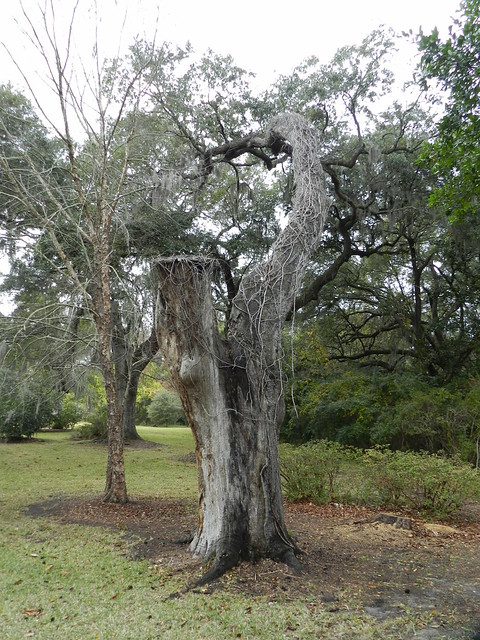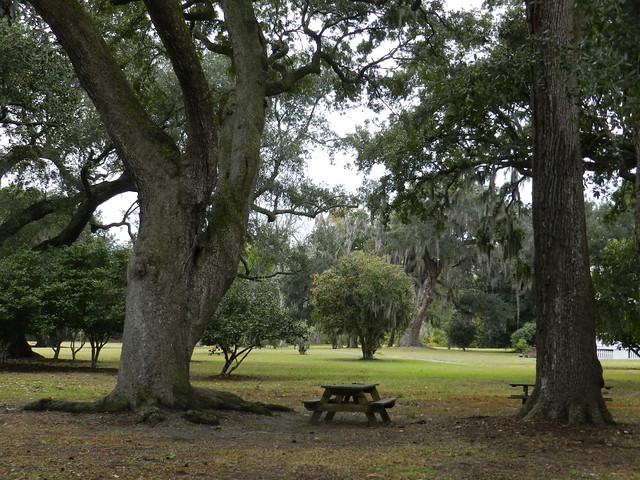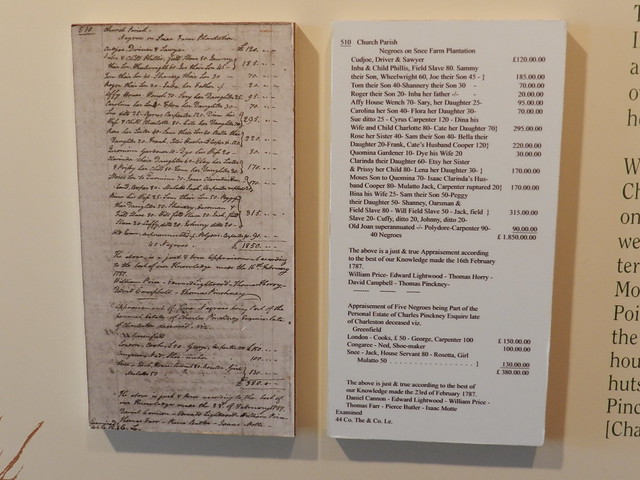Charles Pinckney belonged to one of the most influential and wealthy families in South Carolina, which at the time was the richest colony in America. The average per capita wealth among the (white) people of Charleston was an astounding six times that of people in New York and Philadelphia. His grandfather had made it big here and his father and uncles and other relatives too. Charleston was a cosmopolitan city, and the rich would not just get their suits and dresses made in London, but would even send them back there for repairs or adjustments.
Sadly, there is nothing in a man's education or family pedigree that will automatically prevent him from pigheaded ideas and vain behavior. Pinckney was an ardent supporter of slavery, and the rice and indigo (a plant used to make dye) plantations that made him and his family and contemporaries super rich were worked by Africans, who saw precious little of that wealth. Pinckney, although an influential delegate at the Convention, talked up his own importance afterwards and also lied about his age while there, to make himself look like the youngest participant.
On the one hand, it was Pinckney who proposed the rule that no religious test be required to hold office in the United States - a fact mentioned at the Historic Site - but it was also Pinckney who suggested that runaway slaves should be returned to their masters - a fact omitted as far as I could see.
The National Historic Site is the last remaining 28 acres of a once vast plantation, and the land was bought privately and given to the National Park Service in the late 80s. The main house that stands there today is a later addition, probably built in the 1820s, after Pinckney was dead; he had sold his properties piecemeal over time and was financially destitute at the time of his death.
All pics here.
The current house is representative of the building style in the low country of South Carolina.

The house is surrounded by a nice garden.


When Charles' father died, they made an inventory of his properties (as mentioned earlier), including his slaves. Note that several of them are labeled "mulatto" - one can only imagine who the father might be...


No comments:
Post a Comment